World's glaciers are losing ice at faster pace today than any time before since the record began about 120 years ago,according to new study it suggests that melting glacial is a world wide phenomenon and will continue even if Global warming is stopped.
Glaciers now are speeding and are melting twice as that of in 1901-1950 thrice as fast as in period from 1851-1900 and four time fast as that of period 1801-1850,the researchers found.
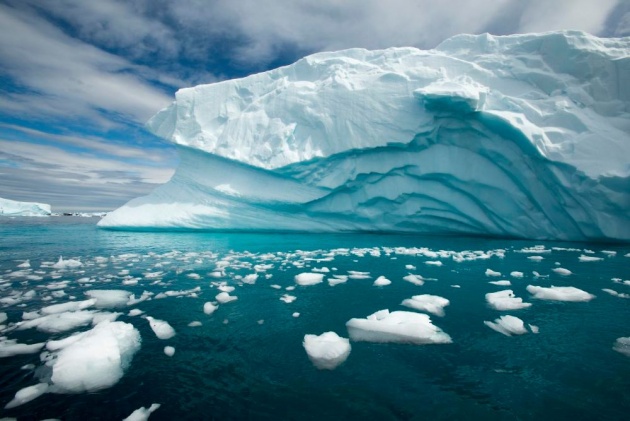
Where are Glaciers Found?
Glaciers grow near the poles but they exist all over the world's continents.Normally Australia don't have Glaciers but as it is considered a part of Oceania therefore there are glaciers in Pacific New Zealand and Papua New Guinea.Glaciers require specific climate conditions with no or minimal loss in summer and more ice accumulating in winter.Normally such conditions prevail in Polar and Alpine regions therefore there are many glaciers found on these regions.
How Glaciers are Formed?
Glaciers are formed when snow accumulates by period of time and begins to flow outwards and inwards due to its pressure of weight.These are formed when ice evaporates less in summer and falls more in winter.If ice has survived one summer season it becomes more denser forming a solid crystal and more ice falls on it in the winter.The solid crystal which is now compressed is known as Firn. The snow and firn are compressed more when ice falls and with slowly growing of compressed layer it forms a thick solid mass of ice.
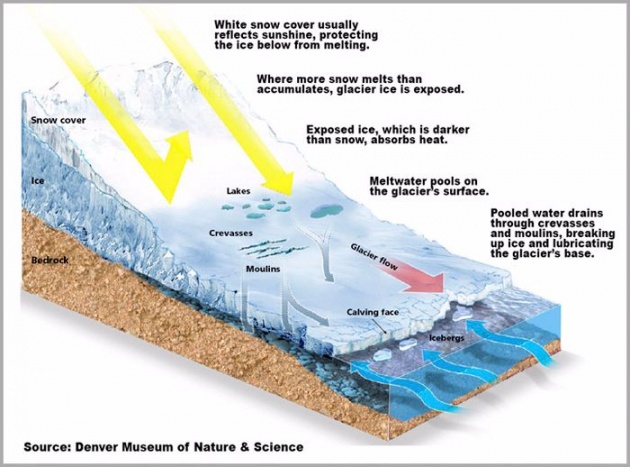
Image Credits: extremeicesurvey.org
What's is Happening to ice?
Simply because of the change in world temperature,evaporation and wing scoring and due to the burning of fossils fuels,natural gas coal,oil the operation of new cars,planes,heating and lighting of our home etc. This causes the release of carbon dioxide in the atmosphere as a result the temperature of earth surface rises causing ozone depletion.Another reason is deforestation about 25 % of land need to be consists of forest but due to decrease in number of implantation of trees Carbon footprints are growing each passing day.Trees cause the release of oxygen after absorbing carbon dioxide.
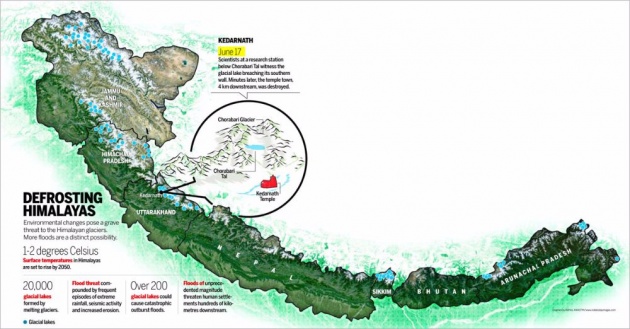
Image Credits: robertscribbler.files.wordpress.com
Video credits: www.youtube.com
Glaciers are found to be most shrinking in the poles.With temperature rising it is causing significant changes in Antarctic and Arctic regions.Especially Arctic has loss about about one third of its glaciers between 1970 to 2007.Scientists assume that at end of 2030 Arctic would be summer free.Melting of ice causes release of fresh water in oceans and seas.Which results in rise of sea levels approximately about 10 to 20 cm have been found so far.Study shows that at end of next century if significant steps are not taken there would be an increase of about 1.4 to 5.2 degree C at the and of century causing rise in sea level of about 9 to 88 cm.
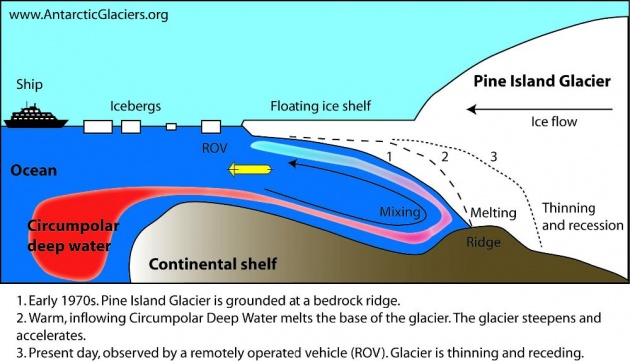
Image Credits: cdn.antarcticglaciers.org
What is the global threat of glaciers melting?
Some key points of glaciers causing major threats:
- Water level is estimated to be rise to 60 to 70 cm in seas this is mainly due to thermal expansion.
Due to large melting of ice in polar regions especially in Arctic,Antarctic Himalaya and Alpine about 1 meter rise in water will be produced in these regions by 2200. - If greenhouse gas emissions keeps rising rapidly in Green land and Antarctica about 7 to 60 meter water will rise but this will take hundreds of years.
Who are at most risk from Glaciers melting and rise in sea levels?
Poorer places and poor people are said to have more vulnerable effects than rich people because they lack the capacity to change as well as migrate.The rise in sea level over the next hundred years will cause more mass migration than mass mortality because of the time scale in the level of rise in sea level is such long that poor people will migrate this will have major consequences on people living to other places.
Bangladesh has much of its land close to sea level on the Ganges delta where the land is continuously shrinking also it has a very low GDP per capita of worth 1300 dollars and Human Development Index score.
Many other countries are also a serious risk of sea level rise.Though the poorest of them lack the resources needed to adapt to climate change.Study has shown that some of these places will sink completely especially islands which are surrounded by water about two-third of its part.
- Maldives whose land is said to be less than two meters above sea level most of tiny islands will have major effect.About 300,000 people living in Maldives may soon become refugee to climate change.In 2008 Maldives president asked its neighbours India and Sri lanka to buy some of their land.
- The pacific island of Tulavu has 10,000 people who are with in three meters of today's sea level thinks that they need to migrate soon some else where.
Melting of Glaciers leads to many problems some are:
Fresh Water Shortage:
Earth is said to have about 70% of water.With 1.6% consists of fresh water out of which 75% of fresh water is contained by Glaciers.Melting Glaciers allow fresh water drinkable to be mixed with sea water.Drinking water can be renewed through precipitation and less falling and melting of Glaciers.
Reduced Agricultural Land:
- Seasons become more dry
- Land becomes unsuitable
- Less crop output
- Food shortages
- Less grains for cattle
- Experts already expecting food shortage issue due to rise in population.
Less Electricity :
- When the glaciers are gone the river dries
- No water=no hydroelectric power
- Need to adopt a new power source
- Further pollute the Earth
- Leads to Global warming
More Floods:
- Sea level rises
- Rapid increase in water input in rivers
- Formations of new lakes
- Lakes keep growing in size.
- Lake destroy and burst everything in their path
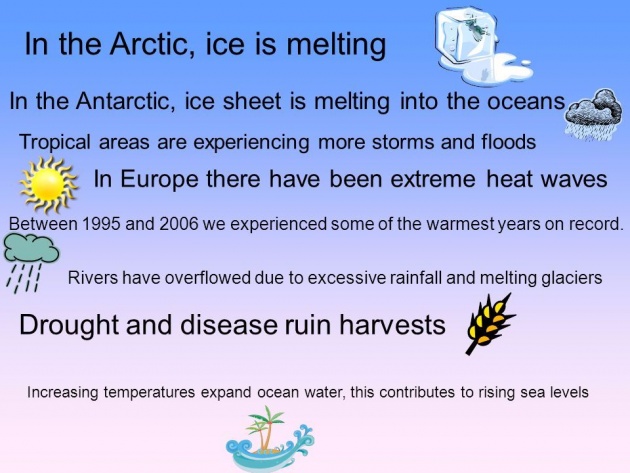
Image Credits: images.slideplayer.com
Glaciers may appear rocky and dusty while some may radiate an attractive aquamarine color and looks like as if they are lighted from an intense halogen bulb.
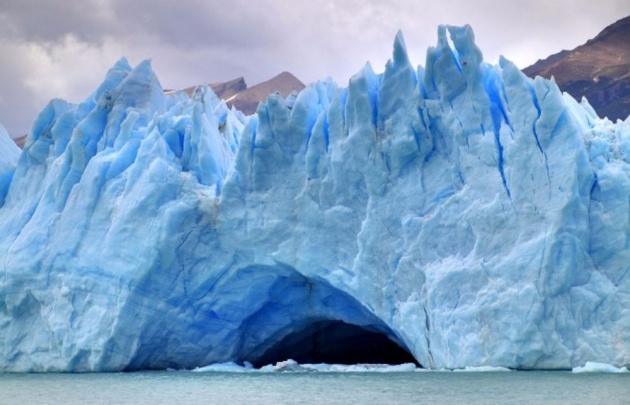
Some interesting facts about glaciers which travelers expedition have discovered are:
- Earth is covered with glaciers about 10% where as during ice age it covered about 1/3 of Earth's surface.
- Glaciers contain about 75% of earth's fresh water.
- Glaciers are almost in all continents they are found in 47 countries.
- Range of glaciers may equal to a football field to 100 miles.
- If an Antarctic ice are melt completely then there would be a rise of 210 feet in sea levels worldwide,a study by U.S Geological Service.
- Glaciers can be as thin as 50 feet.
- Mount Kilimanjaro which lies on equator is extremely glaciated where temperature are normally hot.
- Mountain valleys are normally of V shaped but once it is taken by glaciation it becomes of U shaped.
Video Credits: www.youtube.com
9.Glacier crystal can be as large as base ball
10.Alaska has more than one lakh glaciers most of them are unnamed.
-In short Glaciers are important
-Melting of glaciers contribute too
- Fresh water shortages
- Reduced Agriculture Land
- Less Electricity
- More Flooding
- Sea level Rise
- Loss of Habitats
- Contamination



